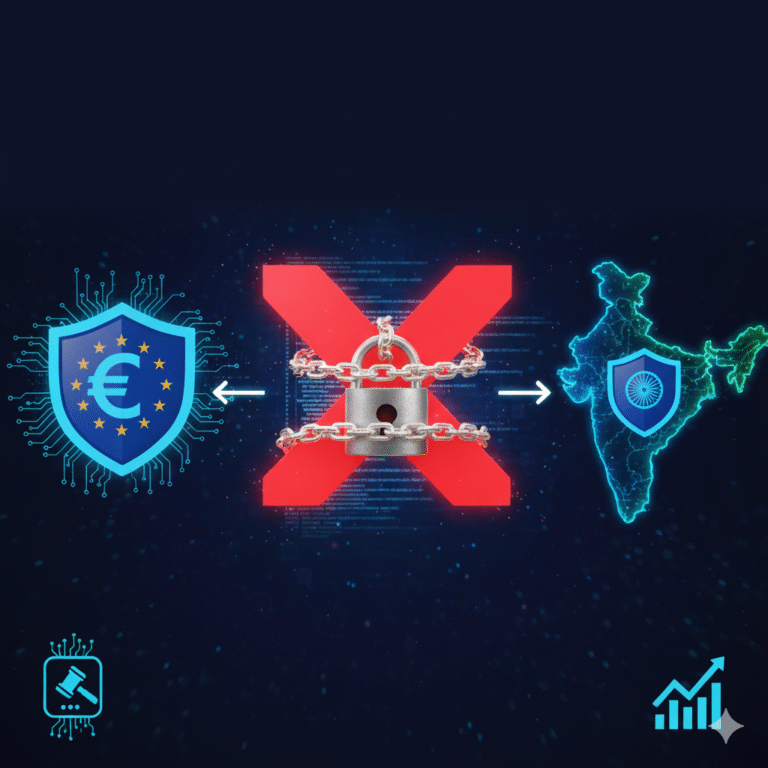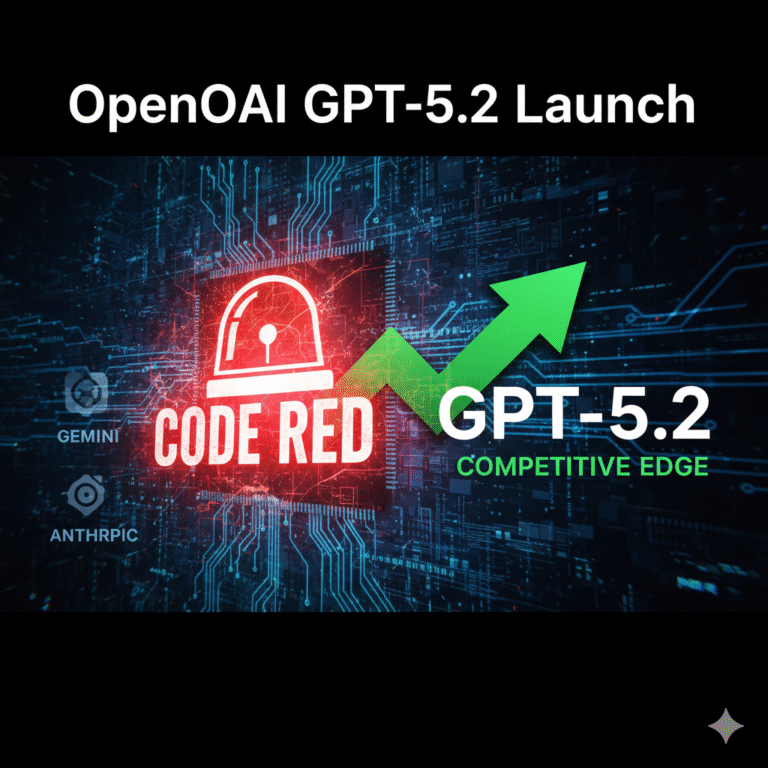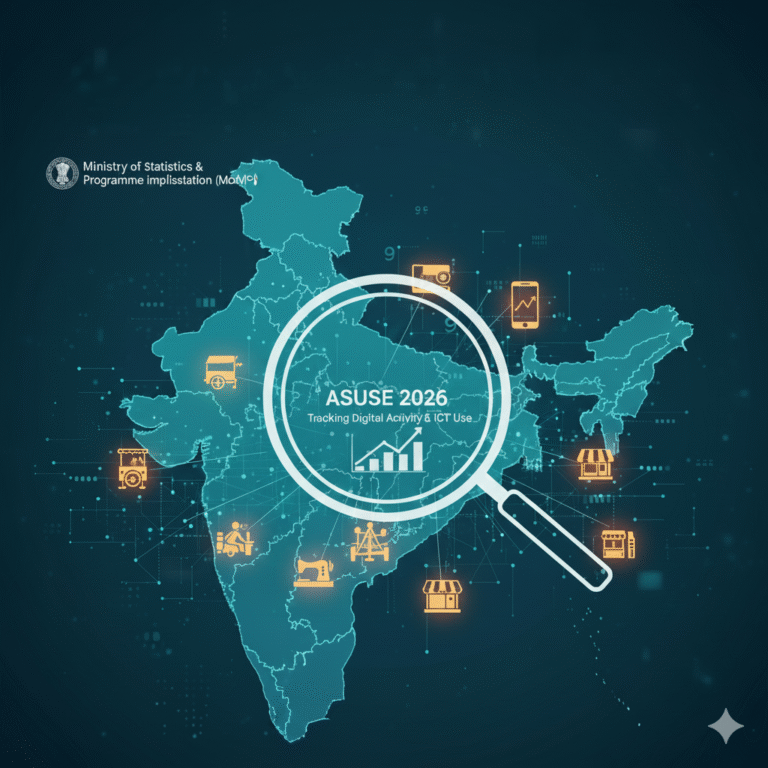When Speed Becomes a Trap
At a rising startup, a junior engineer basked in the power of AI. With ChatGPT and Cursor at his fingertips, he quickly crafted an impressive backend—until a live demo with the CTO brought him to a screeching halt. Faced with probing questions about the architecture and inner workings, he faltered. Most of the code was AI-generated; he couldn’t explain how it worked. The CTO’s message: “I don’t mind if you use AI, but you must know what your code is doing.” For the young coder, it was a wake-up call—a cautionary tale echoing across the software world.
This challenge isn’t unique. AI tools are transforming software development, but there’s a growing trust gap: code can be generated in seconds, yet real expertise, reliability, and innovation come only from understanding what you build.
The Appeal—and Risk—of AI-Powered Code Generation
Why Developers Love AI:
- Unmatched Speed: Boilerplate and routine code are just a prompt away.
- Accessibility: AI coding assistants lower barriers for newcomers and speed up onboarding.
- Productivity: Less time on syntax and more time on business logic.
But what lies beneath this speed?
Real-World Risks of Over-Reliance
- Skill Erosion
- Over-dependence means fewer opportunities to learn, troubleshoot, or design. You may lose touch with essential problem-solving skills. sonarsource
- Code Quality Concerns
- AI-generated code can harbor hidden bugs, security issues, or inefficiencies. Without critical review, you risk “spaghetti code” that’s hard to debug or extend. codeintellegence
- Security Vulnerabilities
- Missing Context
- Intellectual Property Risks
- Some AI-generated code may replicate snippets with restrictive licenses, risking legal headaches for your company. semasoftware
Survey Insight: In 2025, 80% of developers use AI tools—yet confidence in AI-generated code has dropped to just 29%. “Near-miss” solutions cause more bug-hunting work for teams, especially junior devs who can be lulled into a false sense of security. arstechnica
Why Understanding Remains Non-Negotiable
Your reputation as a developer, and your company’s product quality, depend on more than compiling code that “just works.”
Review, Refactor, and Make it Yours
- AI tools are accelerators, not autopilots.
Treat suggestions as drafts; review, test, and refactor as needed. - Own your codebase.
You’re responsible for every line—whether handwritten or AI-assisted. Know its structure, rationale, and any trade-offs. - Be curious:
Ask “why” behind each algorithm, library choice, or architecture. Use AI to experiment, but never shy away from manual learning and deep dives.
Actionable Steps: Using AI to Code the Right Way

Here’s how top developers leverage AI responsibly:
- Start with Clear Requirements:
Communicate functionality and constraints precisely. Vagueness results in untested, generic code. geeksforgeeks - Test, Test, Test:
Don’t trust that it “runs.” Build unit tests, check edge cases, and ensure output matches expectations. - Document and Comment:
If you don’t understand a block, pause. Make the AI explain itself—then paraphrase in your own words. Good comments = deeper knowledge. - Continuous Reviews:
Use code reviews (human and AI) to spot issues, optimize structure, and swap insecure dependencies for vetted alternatives. - Check Licenses:
Before shipping, verify AI suggestions do not breach open-source or proprietary licenses. secureflag - Learn From the AI:
Treat its output as a learning tool. Explore why it picked certain algorithms or patterns.
CTOs and Teams: Fostering a Culture of Ownership
- Set Expectations:
Make clear that AI tools are welcomed, but understanding code is compulsory. “Explain your code” should be a standard interview/lifecycle question. - Encourage Pair Programming & Discussion:
Debrief after AI-assisted sprints—what worked, what didn’t? Build a practice of peer review. - Invest in Training:
Teach developers to audit AI output for performance, compliance, and maintainability. - Prioritize Transparency:
Annotate code that was AI-generated for clarity and audit readiness. Transparency improves team learning and helps trace bugs.
Voices from the Field
“For me, the lesson was clear: AI helps me work faster, but to grow as a developer, I need to be curious about every result.”
— Junior Engineer, reflecting on the wake-up call
“I don’t mind if you use AI, but you must know what your code is doing.”
— Startup CTO, after a live demo
AI is a Tool, Not a Substitute for Understanding
The future belongs to engineers who treat AI as a smart assistant—not a crutch. Use ChatGPT, Cursor, and whatever comes next to accelerate, but never abdicate. When someone asks you how your code works, you should answer with confidence—not confusion.
The best code isn’t just shipped quickly—it’s code you truly understand, improve, and stand behind. In the AI era, that’s what sets great developers apart.
Share your experience of using AI in development—successes or fails, we want to hear!









+ There are no comments
Add yours